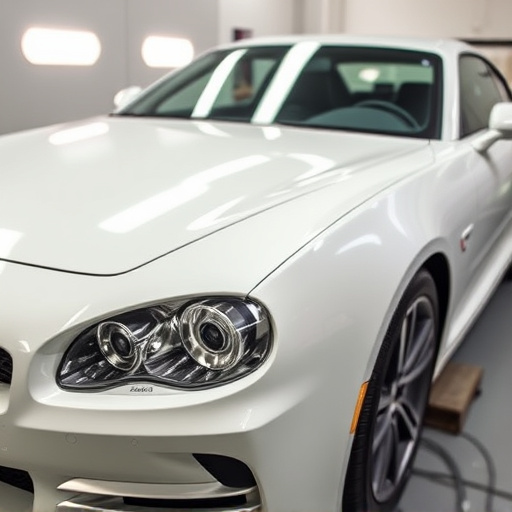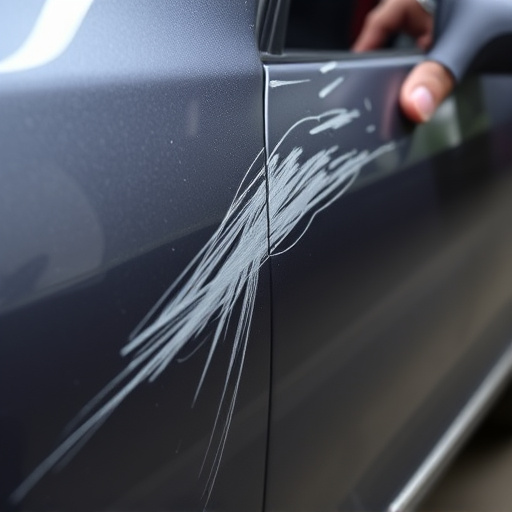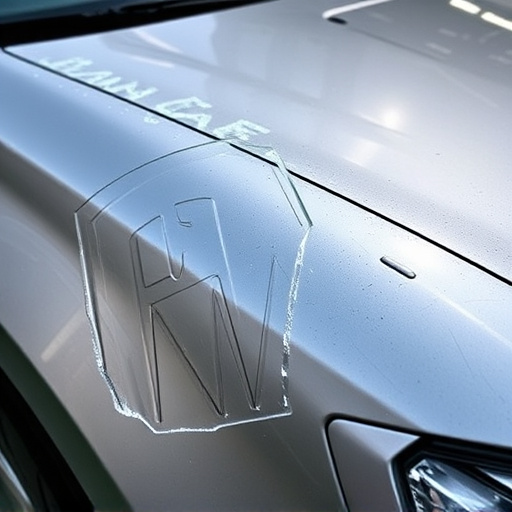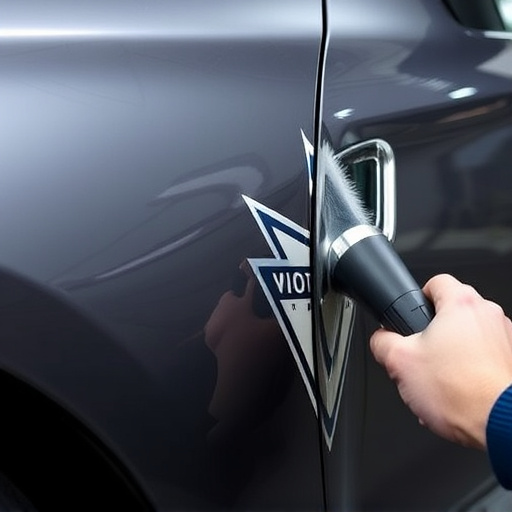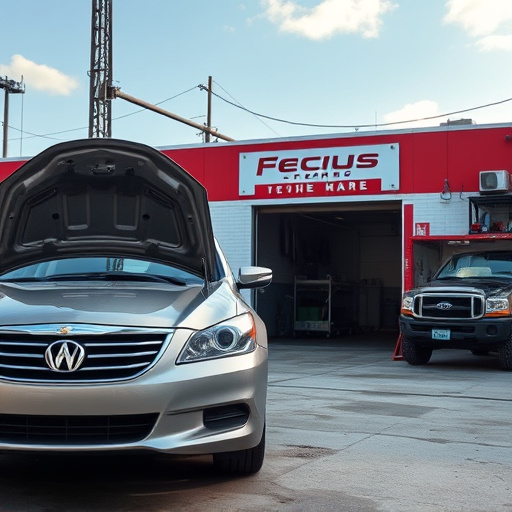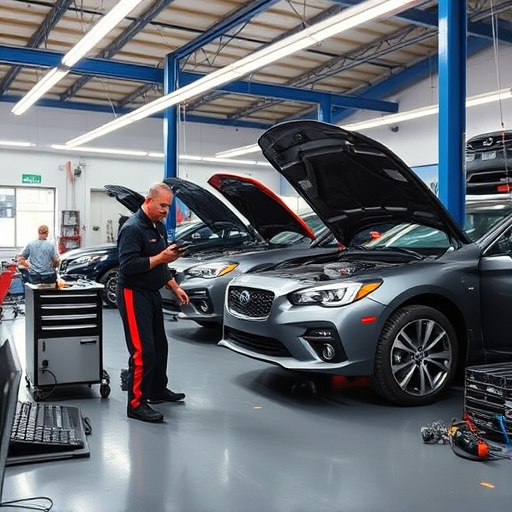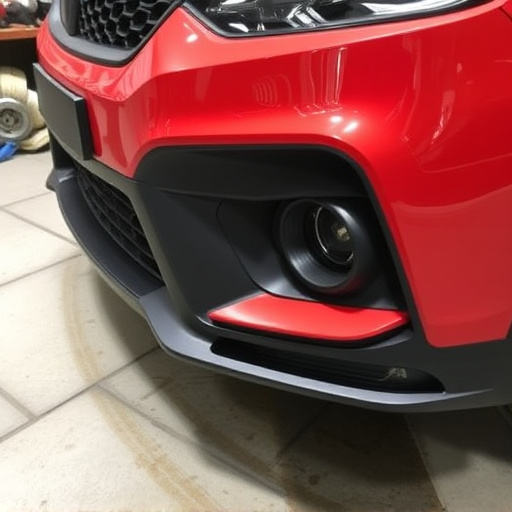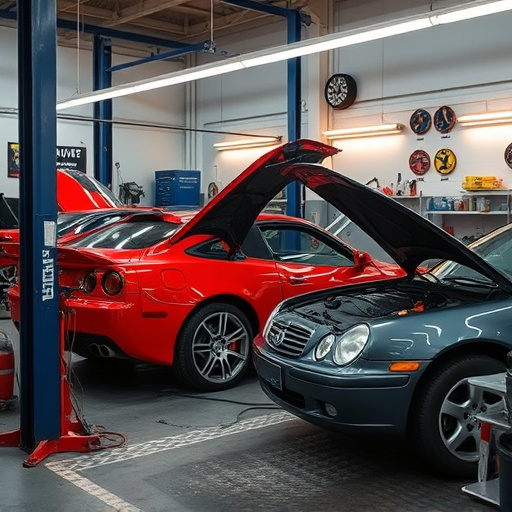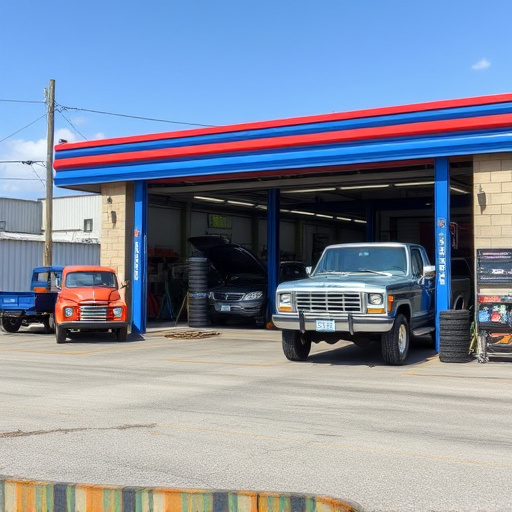Tesla aluminum body repair offers advantages like improved fuel efficiency, enhanced performance, and reduced environmental impact over traditional steel methods, appealing to eco-conscious drivers. Specialized skills and equipment are necessary for effective, durable repairs matching original finishes. Aluminum's properties provide superior corrosion resistance and impact strength, potentially saving costs long-term despite higher initial expenses.
Tesla vehicles are renowned for their innovative design, and choosing the right repair method for damaged bodies is crucial. This article delves into the comparison between Tesla aluminum body repair and traditional steel repair. We explore the advantages of aluminum, including its lightweight nature and superior corrosion resistance, making it a popular choice for electric vehicle manufacturers. Additionally, we discuss challenges, cost implications, and durability, offering a comprehensive guide for owners considering these repair options.
- Advantages of Tesla Aluminum Body Repair
- Challenges and Considerations in Steel Repair
- Comparative Durability and Cost Analysis
Advantages of Tesla Aluminum Body Repair

Tesla aluminum body repair offers several advantages over traditional steel repair methods, particularly for Tesla vehicles known for their sleek and lightweight designs. One key benefit is the reduced weight, which significantly improves fuel efficiency and overall vehicle performance. Aluminum is inherently lighter than steel, allowing for a more streamlined and agile driving experience, especially in Tesla’s high-performance models.
Additionally, Tesla aluminum body repair often involves less material waste compared to steel repairs. The precision techniques used by skilled technicians can minimize the need for extensive welding or cutting, preserving more of the original panel integrity. This eco-friendly approach not only reduces costs for both the owner and the auto repair shop but also minimizes the environmental impact, making it an attractive option for environmentally conscious drivers who visit collision repair centers looking for sustainable solutions.
Challenges and Considerations in Steel Repair
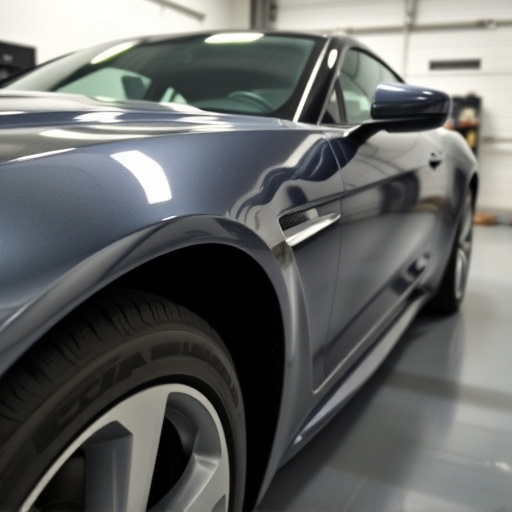
Steel repair for vehicles, a common practice in the auto industry, presents unique challenges when it comes to Tesla models. One of the primary considerations is the structural integrity of steel repairs, especially in high-performance electric vehicles like Teslas. The automotive landscape has seen a significant shift towards lightweight materials, and aluminum body panels are becoming increasingly prevalent in Tesla vehicles. This trend poses a challenge for traditional steel repair methods, as they may not offer the same level of efficiency or durability when dealing with aluminum bodies.
When it comes to auto repair near me, especially for Tesla aluminum body repair, specialized skills and equipment are essential. The process involves precise cutting, welding, and forming techniques tailored to maintain the vehicle’s structural integrity and aesthetics. With the right car paint services, professionals can ensure that steel repairs match the original factory finish, preserving the vehicle’s overall value and performance.
Comparative Durability and Cost Analysis

When comparing Tesla aluminum body repair to steel repair, durability is a key factor. Aluminum, known for its lightweight properties, offers superior corrosion resistance and impact strength compared to traditional steel. This makes Tesla vehicles equipped with aluminum bodies more resilient against everyday wear and tear, as well as potential accidents. While steel remains a common choice in many vehicle repair services, the advanced materials used in Tesla’s aluminum construction can extend the lifespan of their cars, potentially reducing the need for frequent repairs or replacements.
Cost-wise, Tesla aluminum body repair may initially present a higher price tag. However, long-term savings could be significant due to the material’s durability. While steel is readily available and often cheaper in terms of raw materials, aluminum’s unique properties can lead to more efficient repair processes, less need for intensive labor, and reduced replacement part costs. This means that, despite the upfront investment, Tesla owners may find themselves enjoying lower overall vehicle maintenance expenses over the lifetime of their car, especially when considering regular tire services and broader auto repair services.
When it comes to Tesla aluminum body repair versus steel repair, each material presents unique advantages. Aluminum offers superior lightweight properties, enhancing fuel efficiency and handling, while steel provides exceptional strength and durability. Considering the evolving needs of vehicle performance and sustainability, a comprehensive understanding of these repairs is crucial for both cost-effectiveness and long-term vehicle health. For owners, choosing the right repair method depends on specific damage, budget, and future goals, ensuring their Tesla remains a cutting-edge, reliable ride.
